Ask Ethan: What Happens When You Fall Into A Black Hole?

Gravity and time are so different from what you’d expect. Here’s how it all would end.
If you could only know the answer to one question about the Universe, what would you ask? What would you want to know more than anything else? As we get older, most of us lose sight of the things we wondered about as children, which is why I was delighted to get a message from Eric Erb about ten questions that his son, Tristan, brought home from his 2nd grade class. Two of the biggest mysteries of all, gravity and time, dominated his curiosity. After boiling it down, here’s what he wanted to know:
I asked him just now and he wanted two questions to be answered.
1. What happens when you fall into a black hole?
2. Why/how does gravity pull us?
Let’s start at the beginning, and make sure we get to it all.
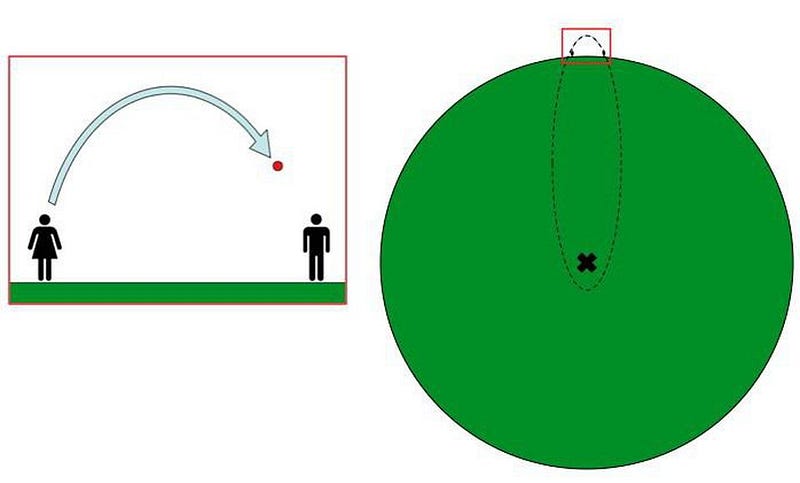
The first thing you have to realize is that so long as you’re in this Universe and nothing else is touching you, you’re free. I don’t mean free in some legal or human rights sense, but free from being pushed or pulled by any outside influences.
You can think about this the same way you think about an astronaut floating freely in space: free in the sense that there’s no ground to push you up, no air molecules to rush against you, no chair to sit on, no other people to touch you. You are free in the Universe.
But that also means, even though we don’t think about it all that often, that you’re free to be pushed around by gravity.
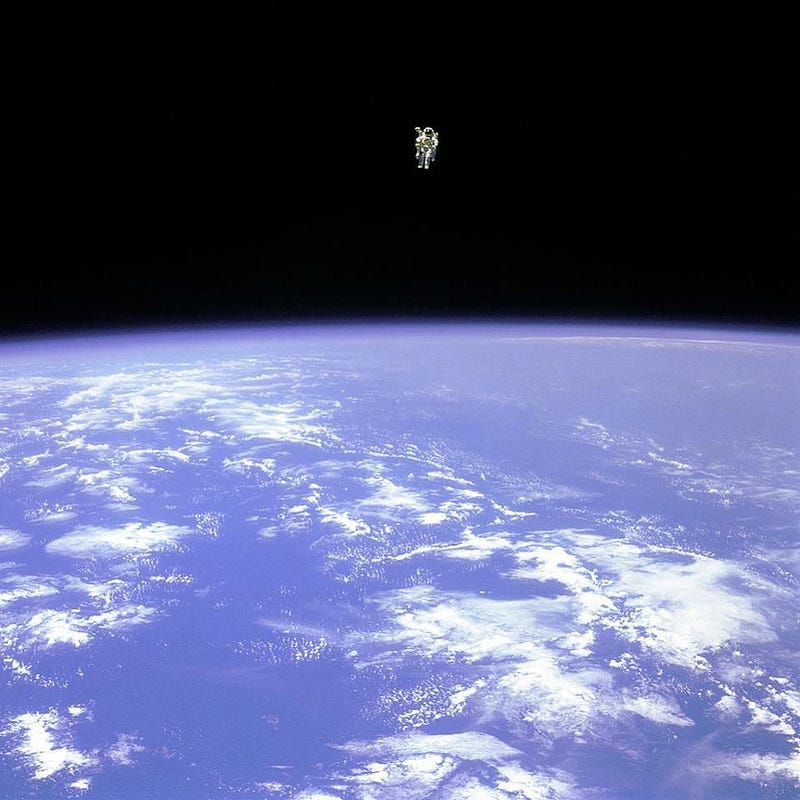
Sure, you might not feel it, but gravity is always pulling you. That force you feel here on Earth’s surface? That’s not gravity; that’s gravity balanced by the forces of the chair, ground, or other surfaces that hold you up. Take those forces away, like you feel when you jump off the ground, and that instant feeling of weightlessness is what being in free-fall — or being under the influence of gravity alone — is like.
In our real Universe, though, there are masses all over the place. Planet Earth is a mass, the Sun is a mass, and all the worlds, stars, and galaxies in the Universe are masses. If you were able to visualize space itself, it wouldn’t simply be a completely flat grid; it would be warped by the presence of all of these masses. As you moved through the Universe under the influence of gravity alone, that warped grid would determine how you moved.
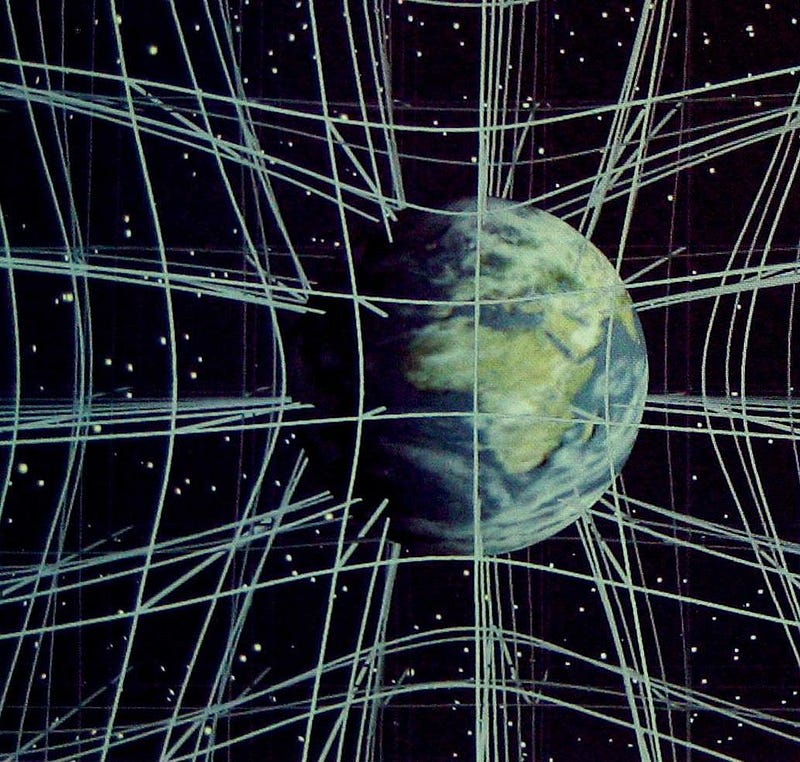
That’s what gravity is: the way that space warps in the presence of mass (and energy), and the effects it has on other objects (like you) that exist in that space.
Don’t be fooled by this static image, either. The fabric of space is constantly changing as masses move throughout it. As the Earth orbits the Sun, the warping of space changes. As the Sun moves around the galaxy, the curvature of space changes. As stars form and live and explode and die, the fabric of space changes.
This is all a part of the great cosmic dance, and a part of the story of gravity. As the masses move around and change, as the Universe expands, as a whole slew of processes occur in the Universe, the fabric of space changes. But through it all, gravity remains real, and keeps pulling on all of us as though we were freely falling.
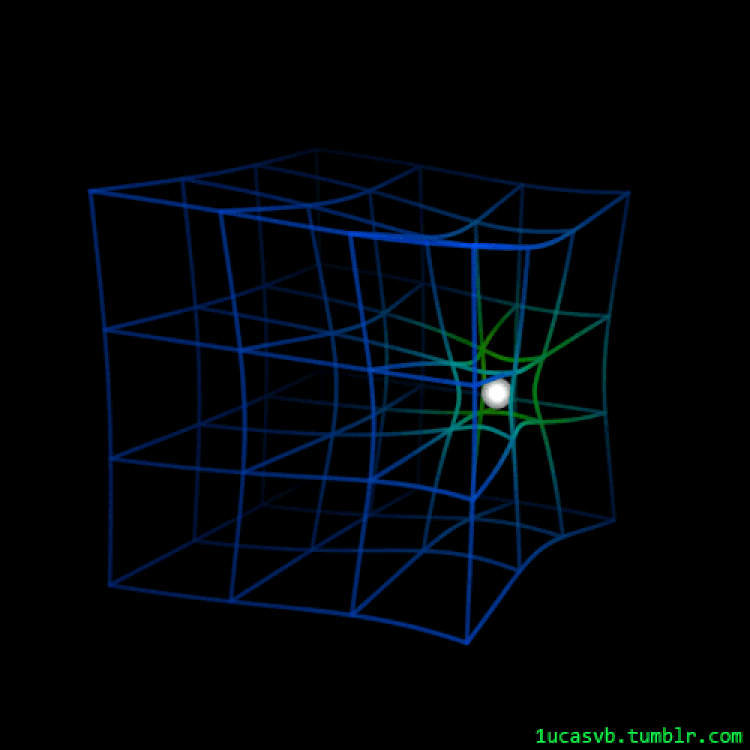
If you’re moving with enough speed and in the right direction from the right location, you can make a stable orbit around any mass in the Universe.
But if you get anything wrong, you’ll fall back to whatever mass you’re trying to orbit. Launch a rocket without enough speed, and it’ll fall back to Earth. Slow down a planet too much, and it will fall into the Sun. Slow down an orbiting star, and it will fall to the center of a galaxy.
And in the most extreme case, if you have the wrong properties, you can fall into a black hole. A black hole is the ultimate mass: one that’s so dense, so massive, and so compact that nothing can get out once it falls in. Even at the ultimate speed limit of the Universe — the speed of light — you cannot escape.
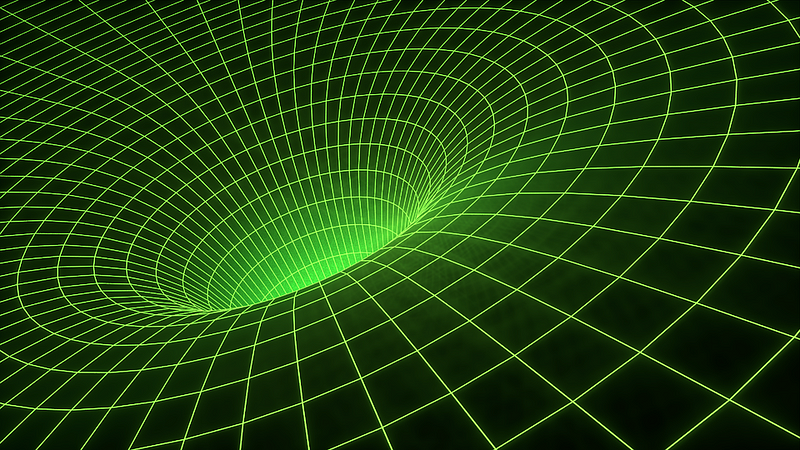
There are a number of very counterintuitive things that happen as you get near a black hole’s event horizon, and things get even worse once you cross it. There’s a very, very good reason why once you hurtle over that invisible barrier, you can never get out.
When you’re very far away from a black hole, the fabric of space is less curved. In fact, when you’re very far away from a black hole, its gravity is indistinguishable from any other mass, whether it’s a neutron star, a regular star, or just a diffuse cloud of gas. Spacetime may be curved, but all you can tell at your distant location is that it’s due to the presence of a mass, not what the properties or distributions of that mass are.
You’d simply fall, freely, the same as you would if you replaced that black hole with anything else. It would just look different: like a black hole looks.
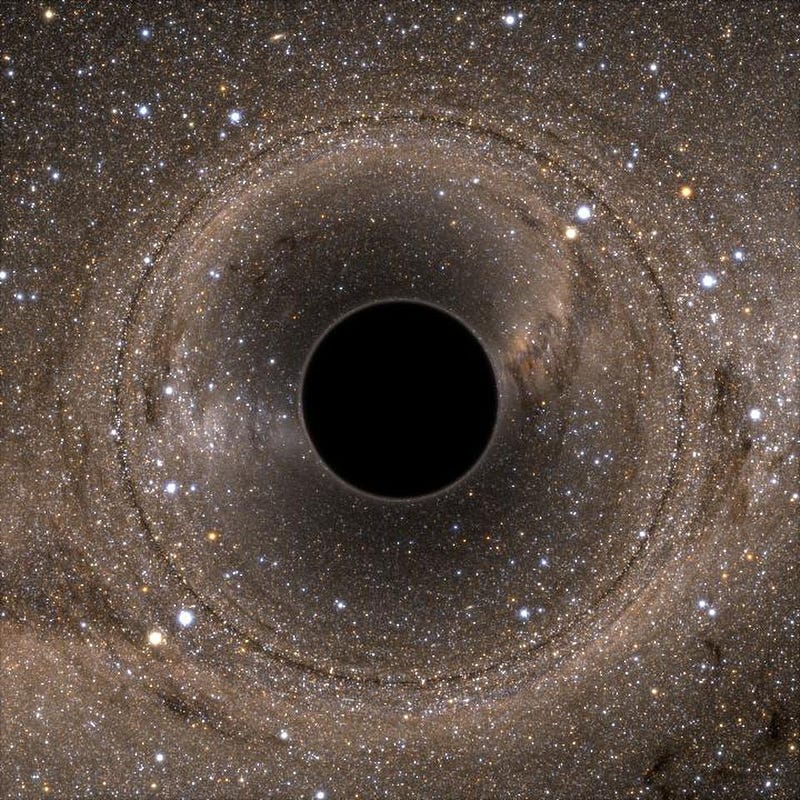
As you began to get close, you’d feel something strange: a force pulling on your body. If your feet were closer to the event horizon than your head was, you’d feel a stretching from head to toe, while your sides would get compressed. These are tidal forces, the same forces that cause the Earth’s oceans to bulge.
Only, a black hole is much, much stronger, and its tidal forces would stretch and compress you extremely severely the closer you got. They would work to pull you into a long, thin strand; they would effectively turn you into a noodle. Scientists have recognized this for a long time, and we actually have one of the most fun words of all to describe what happens to an object as it falls into a black hole: spaghettification!
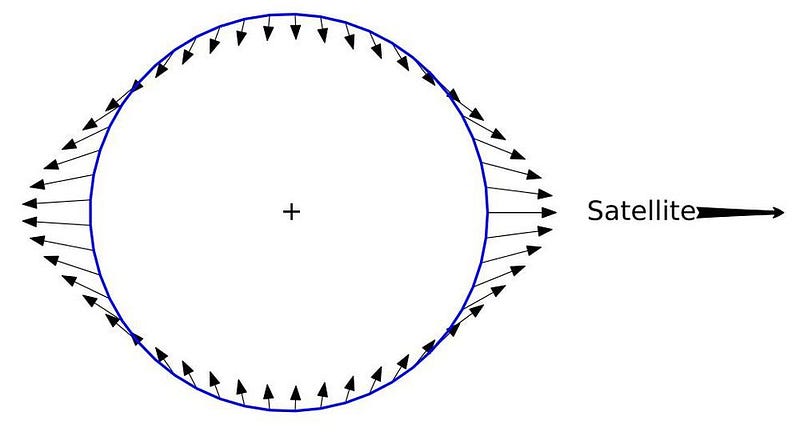
What you’d see would be just as fascinating. From a great distance away, you’d simply see the space around it curved, as though this mass provided a great cosmic lens to distort all the light around it. But as you travel, in your perfectly equipped, indestructible spacecraft, you’d start noticing something strange as you approach this black hole.
When you get twice as close to it as before, its angular size appears to get more than twice as large. When you halve the distance again, it again appears to get even larger: more than four times as large as it was initially.
Unlike all the other objects you’re used to, where they appear to get visually larger in proportion to the distance you are away from them, this black hole appears to grow much more quickly than you were expecting, thanks to the incredible curvature of space.
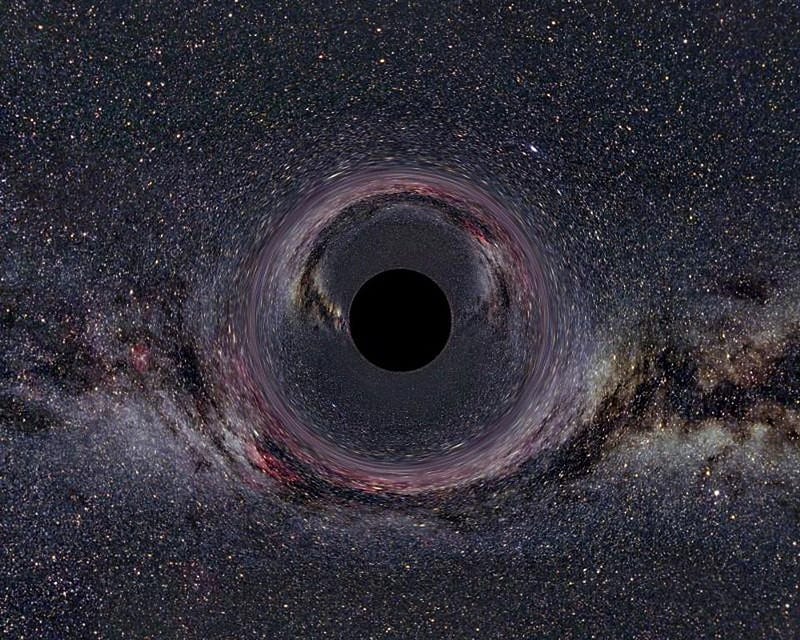
The reason for this is simple. Sure, mass curves spacetime, but as you get closer and closer to an extremely dense and large mass, like a black hole, the curvature of space grows more and more severe. This increases the tidal, spaghettifying forces on you, for sure, but it also increases the amount that light coming from around the black hole gets bent.
Compared to its actual, physical size, the event horizon will begin to appear huge! Background, distant stars will appear to have their positions bent disastrously out of shape, and the event horizon will begin to take over your entire frontal field of view.
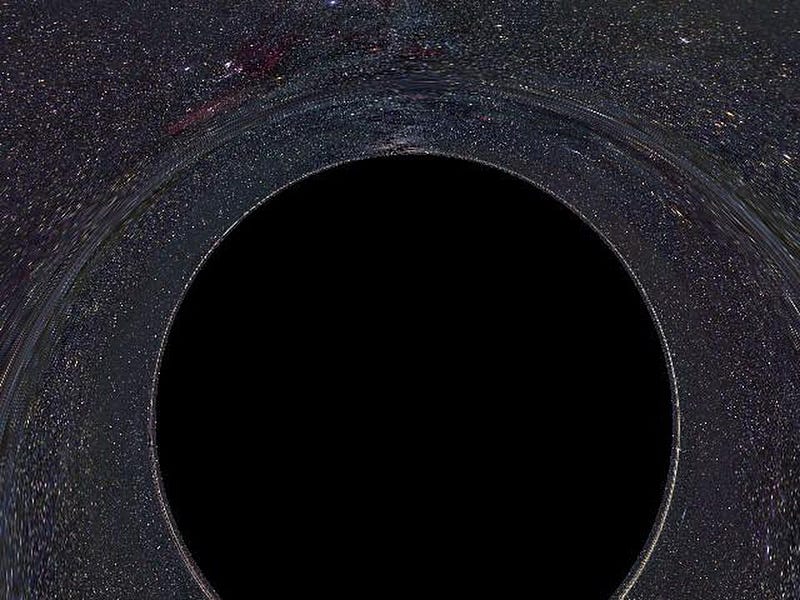
As you get closer and closer to the event horizon, it starts to cover everything in front of you. Once you cross that event horizon, your fate is sealed. There’s no amount of energy you can put in that will take you anywhere other than the singularity at the center, which will crush you down into your subatomic particles in seconds.
But you’re not doomed yet!
At this point, having not yet crossed the event horizon, you can still get out. If you provide enough acceleration away from the event horizon, you could escape its gravity and have the Universe go back to your safe, far-away-from-the-black-hole, asymptotically flat spacetime. Your gravitational sensors can tell you that there’s a definite downhill gradient towards the center of the blackness and away from the regions where you can still see starlight.
That visualization, above, gets what you’d see mostly right; the only exception is that there’d be a color change as you fall into the black hole. The external light, as it falls in, would appear bluer to you as it hit your eyes, accelerated by the extra gravitational curvature of space.
If you continue your fall towards the event horizon, you’ll eventually see the starlight compress down into a tiny dot behind you, changing color into the blue due to gravitational blueshifting. At the last moment before you cross over into the event horizon, that dot will become red, white, and then blue, as the cosmic microwave and radio backgrounds get shifted into the visible part of the spectrum for your last, final glimpse of the outside Universe, still assuming that nothing else falls in with you.
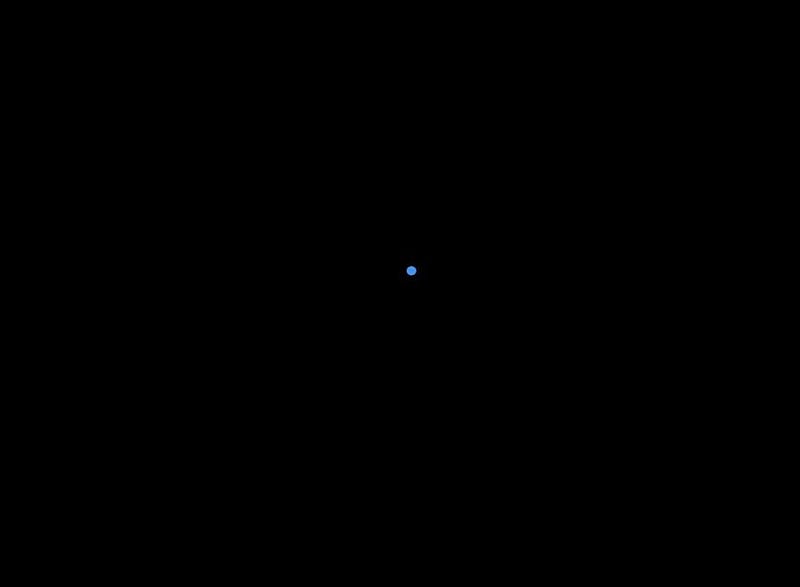
And then… blackness. Nothing. From inside the event horizon, no light from the outside Universe hits your spaceship. No matter how you fire your engines, no matter what you do, there’s no way out. What you’d see wouldn’t be a reflection of where you were headed: the singularity would be in front of you no matter which direction you went in.
But you wouldn’t actually see that singularity, because of how weird this severely curved space was. There’s actually light from the outside world following you into the black hole, crossing the event horizon before you, after you, and with you. The video below shows what happens if you allow the light from the outside Universe to fall into the black hole all around you, exactly as it does in real life. (You’ll cross the event horizon at about the 0:37 mark in the video.)
It would only take seconds, from the moment you crossed over the black hole’s event horizon, for you to be crushed to bits. But in the largest black holes, there’s a chance that they lead somewhere else: to a white hole, to another Universe, or to a new physical reality that’s shrouded behind an event horizon we cannot see past. From the outside, we cannot obtain any information about what lies inside the event horizon. All we have are our theories.
I still recommend against falling into a black hole, if you can help it, because the most likely scenario is that you’d simply be torn apart and crushed. But if you did go inside, you’d be the only human being in existence to know for certain what it was like. You’d be the first one to discover what secrets were held inside a black hole. You might opt out of doing so, and that’s arguably the smart choice. But in this Universe, if you want to be the first, you have to risk something to find out. Maybe one of you out there, reading this, will become the first to know for sure.
Send in your Ask Ethan questions to startswithabang at gmail dot com!
Ethan Siegel is the author of Beyond the Galaxy and Treknology. You can pre-order his third book, currently in development: the Encyclopaedia Cosmologica.




